For the second straight season, the Mexico City Grand Prix could be the scene of Max Verstappen breaking one of the hardest Formula 1 records.
12 months ago, Verstappen won at the Autodromo Hermanos Rodriguez to claim a 14th win of the season and eclipse the record of 13 wins held by Michael Schumacher and Sebastian Vettel.
Heading into this weekend, the newly-minted three-time champion can claim a 16th win and extend his own 2022 record which ended at 15 after winning in Abu Dhabi to round out the season.
Aside from the fact he's won 15 of the 18 races already in 2023, Verstappen is as sure a bet to win in Mexico than anywhere on the calendar - save perhaps the Red Bull Ring in Austria.
He's won five times (plus one Sprint) at Red Bull's home track with two wins across the 2021 double-header of Stryia and then Austria - while he has four in Mexico - having only been defeated once since 2017 in Mexico City.
That came in 2019 when contact at the first chicane with Lewis Hamilton somewhat ruined his afternoon en route to a sixth-place finish.
But in 2017-18, and 2021-2022, a Max Verstappen win has been almost concrete in Mexico - here's why.
Viewed by others:
Verstappen strong in Mexico
In the previous generation of cars from 2017-2021, Red Bull often found itself at a disadvantage in terms of engine power to Mercedes.
At normal tracks, the excellence of the Red Bull chassis would not be able to shine through, except on rare occasions like in Monaco, Hungary or Singapore - but Mexico, and indeed Austria, are different.
Mexico City lies at 2240m above sea level - meaning air density is considerably lower than at other circuits, such as Silverstone for example.
The air density of Mexico is around 78% of that sea level - 1.225kg/m3 - meaning a value of 0.96kg/m3.
The lower air density meant that the turbochargers had to work harder - with the turbine spinning faster to channel the same mass of air into the compressor.
These higher speeds create heat which means a turbo running close to the limit cannot run faster and cooling measures need to be applied.
Renault's inability to get on a par with Mercedes' Power Unit in 2017 and 2018 was effectively negated by the high altitude, allowing Verstappen to be the pace-setter.
Although 2019 was a poor race and the 2020 visit cancelled, Verstappen returned to form in 2021 with Honda's turbo drawing inspiration from its jet turbine experience with aircraft.
They are obviously designed to work at much higher altitudes, and the learnings were transferred across to the F1 programme.
It should also be noted that the lower air density drastically reduces drag on the cars - meaning Monaco-spec wings can be run for Monza-levels of downforce.
Most read
In this article
F1 2023 Mexican Grand Prix RN365 News dossier



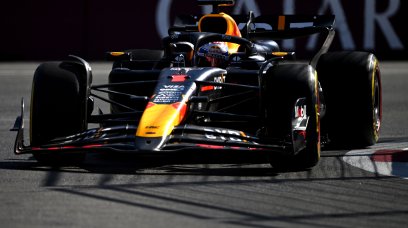





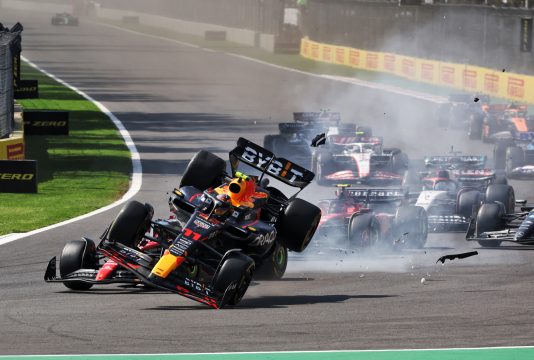




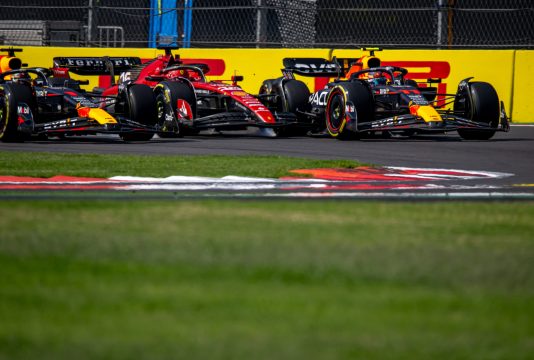

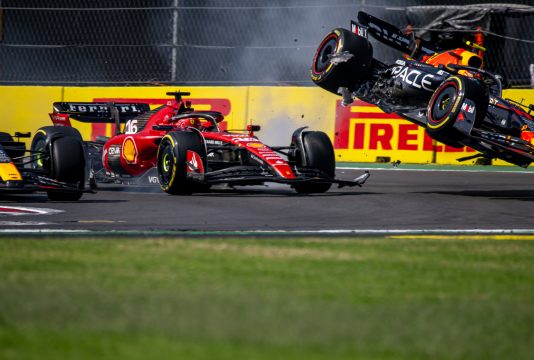

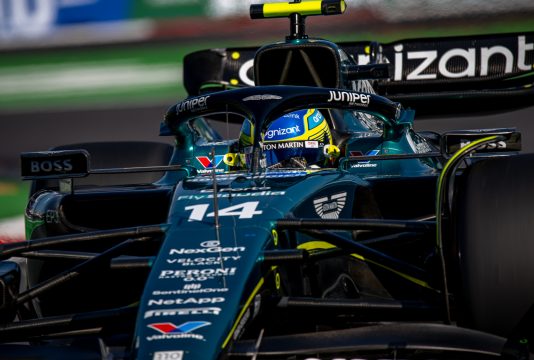

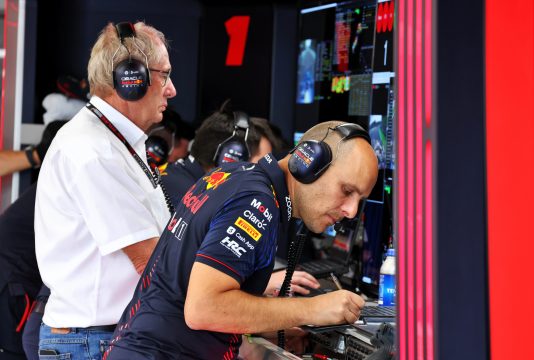

















Join the conversation!